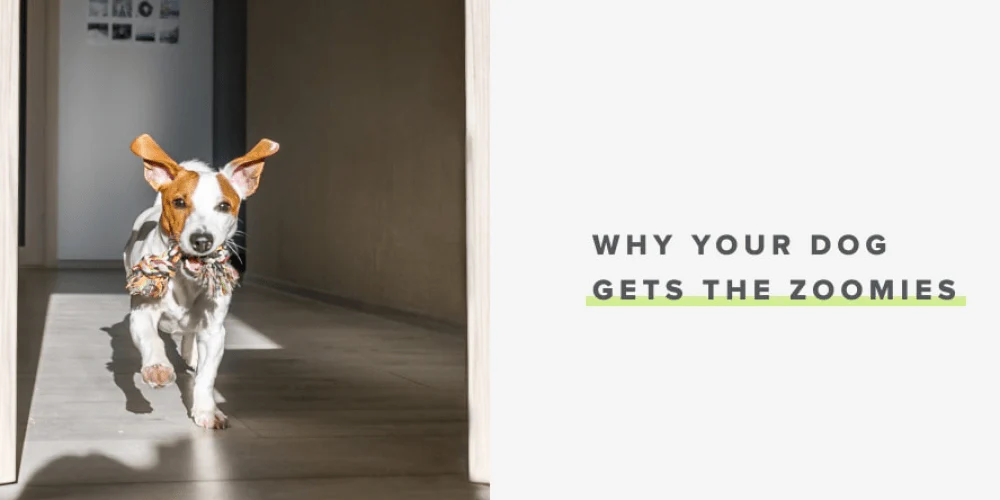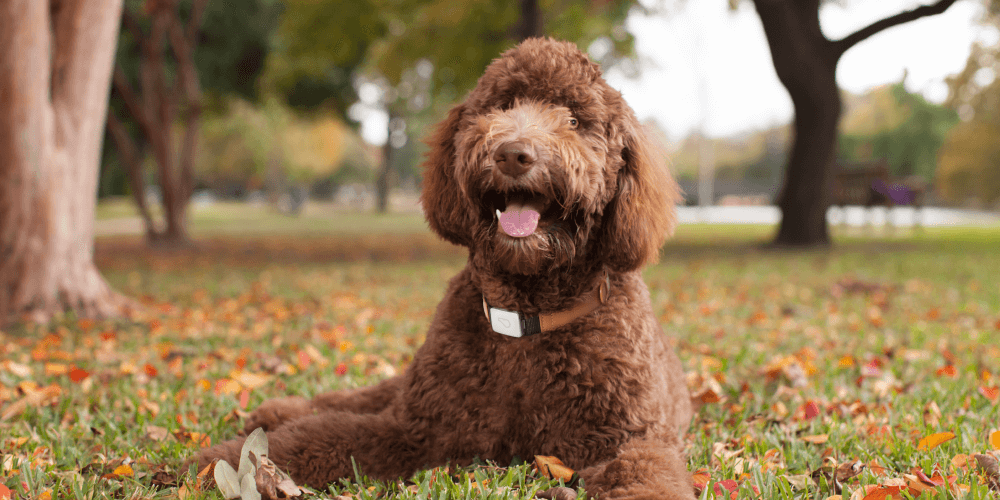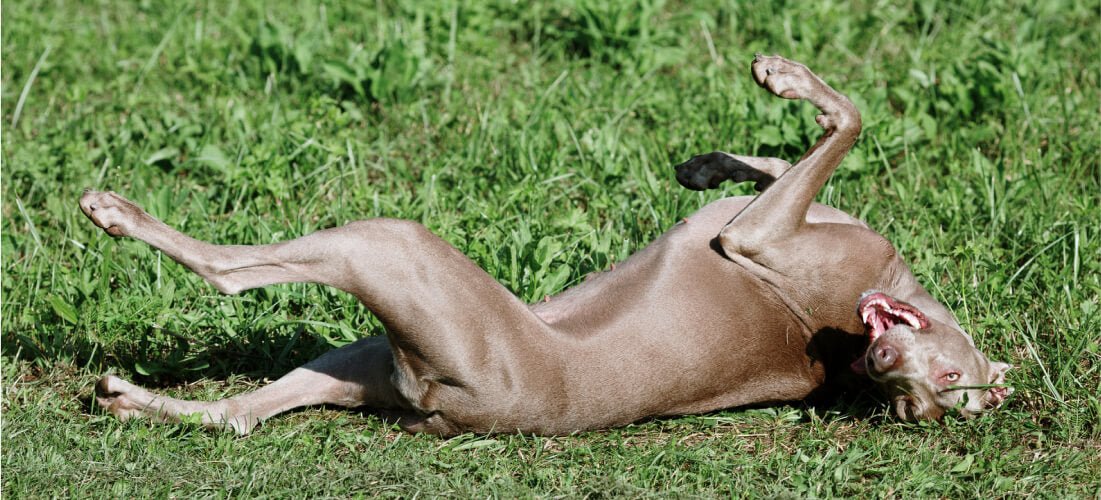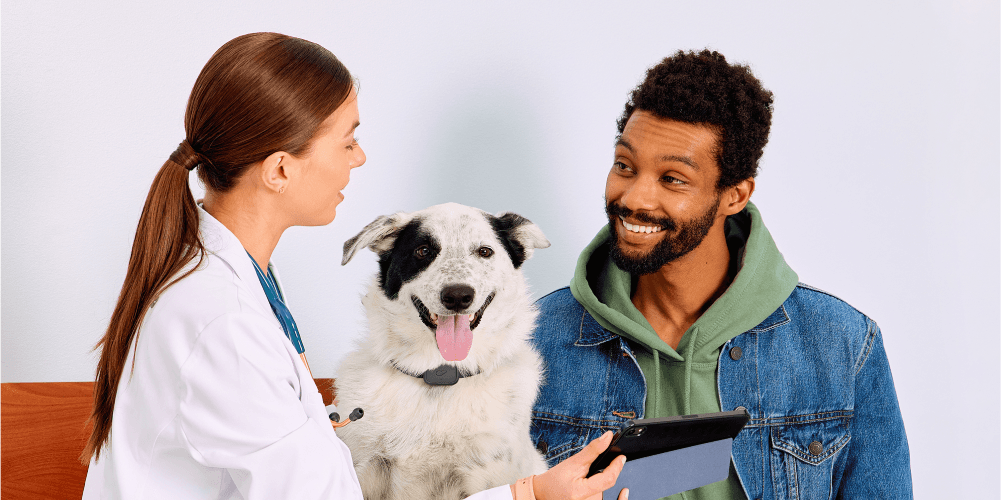Here’s why dogs get the zoomies

Ah, dog zoomies: that hilariously weird phenomenon that turns your dog into a racecar driver and your living room into their own personal racetrack.
Dog zoomies, also known as “FRAPs” for Frenetic Random Activity Periods, are a totally normal and natural thing for dogs to do. But that doesn’t make them any less baffling. So we asked two veterinarians to explain the deal with dog zoomies.
Zoomies come in all shapes and sizes—just like our furry friends. Your dog might sprint back and forth, run in circles, chase their tail, or even leap from one piece of furniture to the next. It often looks goofy and carefree, rather than an aggressive display. A dog with the zoomies usually looks like they’re having a blast, or trying to goad you into chasing after them.
Why do dogs get the zoomies?
It’s not entirely clear why dogs get the zoomies, but it seems to be an expression of excitement or excess energy. Zoomies tend to be a result of a “trigger,” says Dr. Elizabeth Shines, DVM, Digital Health Associate Veterinarian at Kinship. These bursts of energy are common after a dog has pooped, after dinner, after baths, or after they’ve been in their crate for a while. It could also be a stress response—built-up anxiety that’s released once they’re let out of a crate, for example.
“I call it a bee in their bonnet,” says Dr. Shine. “They’re just expressing that they’re excited, they’re happy, that sort of thing.”
So why are some fur babies complete speed machines while others barely ever get the zoomies? It probably comes down to breed, personality, and characteristics of the dog, explains Dr. John Iovino, DVM, Digital Health Associate Veterinarian at Kinship. “If they’re more anxiety-prone, they’re going to love to run around. If you have a more relaxed dog, the chances of them getting triggered into a frenzy is less likely,” he says. It also comes to overall energy level and excitability. A more athletic dog is probably going to zoom more than a couch potato.
And, of course, age plays a role, too. Zoomies are more common in young dogs than older dogs, since younger pups tend to be more excitable—and their bodies are more agile for quick sprints around the house or yard.
Some speculate that dog zoomies can be contagious, too. If you’ve ever seen a dog take off at an Olympics-defying sprint only to be joined by half the dog park, you’ve seen this contagion in action.
Should you ever worry about your dog’s zoomies?
In most cases, dog zoomies are totally harmless (unless we’re talking about the state of your couch cushions after a particularly rowdy sprint).
“In 18 years I’ve never intervened in a frenetic scenario,” Dr. Iovino says. Most of the time, your dog will take off in a safe environment where they can run their energy off. Even if it feels a bit over the top, there’s no harm in letting them zoom.
But if your dog isn’t using their thinking cap and takes off at a sprint in a dangerous scenario—like around traffic or sharp objects—then yes, it’s totally fine to try to get them under control. Situations like this are why it’s smart to have a GPS tracker for your dog. In the event that your dog zoomies out of your reach, your Whistle device will help you get them back to safety quickly.
And if you know your puppy tends to get the zoomies after a certain trigger—like after they go to the bathroom, get out of the car, or see you coming home from work—make a mental note so you can be sure they’re in a safe space to really zoom it out next time.
--
Colleen Stinchcombe is a freelance writer with two dogs. She writes about pets for Whistle Labs, Rover, and Woman’s Day.








